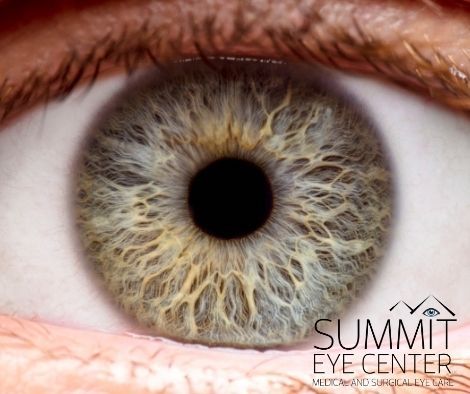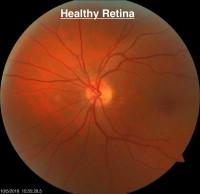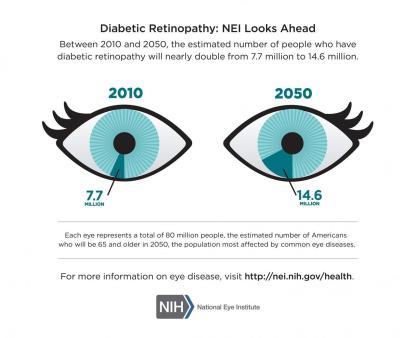
We have all heard the saying, “You are what you eat.” It is easy for us to believe that eating a diet full of fruits and vegetables is better than a diet of french-fries and potato chips. Most of us also believe that getting some exercise is better for our body than spending the afternoon on the couch watching football...unless the Chiefs are playing! This week’s blog will focus on some of the things we can do to help our eyes maintain as good of vision as possible as we age.
Not smoking is probably the #1 lifestyle decision we can make for our eyes and our bodies as a whole. Smoking leads to earlier development of cataracts. Those who smoke are twice as likely to suffer from dry eye symptoms. There is a 3x risk of developing macular degeneration in smokers versus nonsmokers. If we break this down to women who smoke versus women who do not smoke, the risk of developing macular degeneration is 5.5x higher in those who smoke. Diabetic retinopathy is a leading cause of vision loss. The incidence of diabetes is 30-40% higher in those who smoke. Those who smoke are 4x more likely to go blind in old age. It is never too late to quit! The following link from the Centers for Disease Control and Prevention provides resources for those interested in breaking the habit. https://www.cdc.gov/tobacco/campaign/tips/index.html





